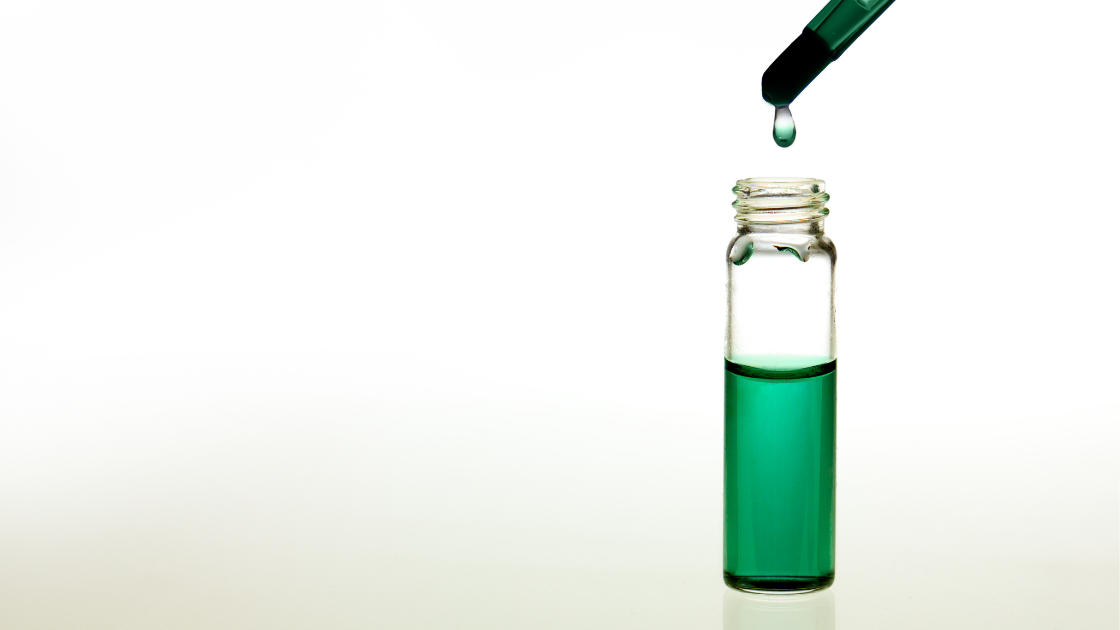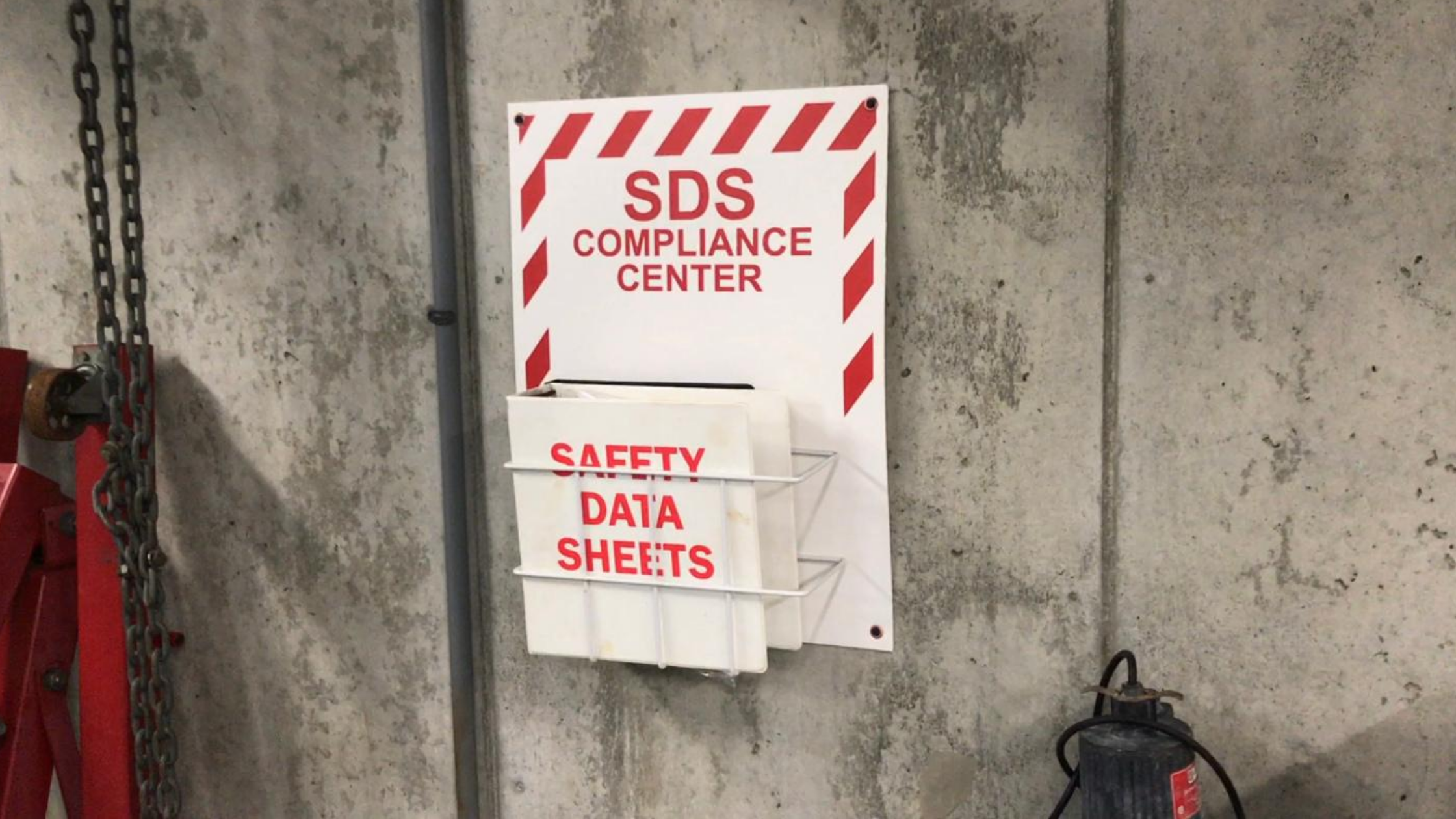Swimming Pool Automation Controllers
One of the biggest differences between residential and commercial pools is chemical automation. Most commercial pools have at least some form of controller that provides chemical automation, which allows the pool to be operated 24/7. Let's explore these chemical controllers and what they are capable of.
Covered in this article:
- What is a pool chemical controller?
- Pool chemical controller features
- pH sensing and pH reduction
- ORP sensing and chlorination
- Free and Total chlorine sensing
- Real-time combined chlorine calculation
- Flow rate, water temperature and TDS
- Display independently-measured chemistry
- Chemical controller weaknesses
- Conclusion
What is a swimming pool chemical controller?

You can think of the chemical controller as the brain of a pool system. A chemical controller accepts signals and inputs from sensors and probes. It then processes those signals through internal computer logic, and outputs commands to various pieces of pool equipment elsewhere in the pump room. Senses in, signals out.
Just like our brains receive inputs in the form of our five senses (touch, taste, smell, see, hear), controllers have probes. At a minimum, pool chemical controllers have probes for pH and usually ORP as well. They may also be linked to a thermometer for a real-time water temperature reading.
And just like our brain sends signals to our muscles and other body parts (like our endocrine system), pool chemical controllers send signals to pool equipment like chlorinators, pumps and acid feeders.
Let's cover some other features chemical controllers may have.
Pool chemical controller features
While some high-end residential pools have automation systems, they are rare, and generally less complex than commercial controllers. Pool controllers serve several purposes, and the top-of-the-line controllers do all (or most) of these functions.
pH sensing and pH reduction

Chemical controllers can electronically measure pH in real-time using a pH probe submerged in flowing water. This pH reading is processed by the controller, which relays a certain action to adjust the pH to keep it in a desired range. In most cases, this means lowering pH in a measured way by signaling a liquid feed pump to add a specific amount of acid, or signaling a carbon dioxide injector to add CO2 gas into solution. Most chemical controllers feature a pH control at a minimum, as it is quite important to maintain pH for chlorine efficacy in non-stabilized pools.
It should be noted that controllers only lower pH and alkalinity. The reasons for this are two-fold. First, there is no need for a system to increase pH, because pH naturally rises (thanks to the off-gassing of carbon dioxide). Secondly, as of now, there isn't a reliable mechanism for measuring alkalinity in real-time. Alkalinity requires titration and neutralizing alkali...and there is no electronic probe that can do such a thing.1 Because of this, there is no way for a controller to know how much of anything to add to potentially increase alkalinity.
Related: What causes a high pH in swimming pools?

Furthermore, the two products used to raise alkalinity and pH are both dry powders (sodium bicarbonate and soda ash). A system would need to be made to pre-dissolve these into solution so a feeder could add them. It's possible, sure, but it is not practical. It would be tedious and a waste of time and money. Alkalinity is easily monitored with regular testing and manual additions of sodium bicarbonate can be handled by operators.
Pool operators who use CO2 injectors for pH suppression2 often notice that injecting CO2 raises alkalinity over time. But this correlation is not the same as causation. It is not the CO2 that increases alkalinity over time...the alkalinity increases on these pools because of excess hydroxides (lye) in either liquid chlorine or cal hypo that are not being neutralized by CO2. Acid feeders would otherwise neutralize these hydroxides, rendering them unnoticed in pools with acid feeders. But because CO2 does not neutralize them, they accumulate and contribute to total alkalinty, thus causing the increase.
CO2 lowers pH without affecting alkalinity, because dissolved CO2 becomes carbonic acid (H2CO3).
ORP sensing and chlorination

Also included with most controllers is an ORP probe that measures the oxidation reduction potential. ORP and chlorine levels are two different things. We want to know the ORP because it helps us gauge the speed and efficiency of chlorine. In other words, how well is your chlorine performing? How fast can oxidation occur?
ORP is measured in conductivity millivolts (mV), where 650 mV is the industry-standard minimum. Over 700 mV is considered pretty good, over 750 mV is very good, and over 800 mV is exceptional. The higher your ORP, the faster your chlorine can kill and oxidize.
As the ORP levels drop, based on parameters that the operator programs into the system, the chemical controller can send a signal to the chlorinator to feed chlorine into the pool. For example, if the ORP drops below 700 mV, it's time to feed more chlorine. If the ORP drops below 650, an alarm goes off and notifies operators that there is a very high oxidant demand in the pool, and the chlorine is overwhelmed.
Chlorinators are not the only thing a controller can use to correct ORP. If you have a secondary oxidizer system like Ozone or AOP, a controller can turn such a system on or off, or ramp it up and down. Same thing with a liquid enzyme feeder to add more enzymes to help handle the oxidant demand (bather waste).
Free and total chlorine sensing
 More advanced controllers have probes that can measure both free and total chlorine in real time. This is an excellent supplement to ORP, and is a preferred way of signaling when the chlorinator should feed chlorine or not. ORP readings can be distorted by several variables, but free and total chlorine probes are quite reliable.
More advanced controllers have probes that can measure both free and total chlorine in real time. This is an excellent supplement to ORP, and is a preferred way of signaling when the chlorinator should feed chlorine or not. ORP readings can be distorted by several variables, but free and total chlorine probes are quite reliable.
But most importantly for indoor air quality, free and total chlorine readings allows the controller to calculate the real-time combined chlorine level too.
Real-time combined chlorine readings
The value of knowing combined chlorine levels in real-time cannot be understated. In indoor pools especially, combined chlorine levels are directly correlated to indoor air quality challenges. Combined chlorine, as discussed in many of our other articles, is a measurement of chlorine that has combined with nitrogen compounds in the water. In other words, any and all variations of waterborne chloramines.
Knowing combined chlorine in real-time unlocks the potential for the controller to communicate with other types of systems, like the pool dehumidifier and Paddock Evacuator® exhaust. When combined chlorine levels increase, a signal can be sent to increase outside air intake and source-capture exhaust.
Because reducing combined chlorine takes several things working together, chemical controllers can be programmed to do a certain sequence of things to combat the problem. These include speaking to the dehumidification system (as just mentioned) and activating a feeder for specialty chemicals like enzymes, which break down non-living organics and oils in the water.
Related: Pool Water Quality Resources
Flow Rate, Water Temperature and TDS
Some controllers can measure how fast water is circulating, which is valuable for knowing if/when pool filters are under too much pressure. This means its time for a backwash (sand filters) or a bump cycle (regenerative DE filters).
Controllers can also process real-time water temperature and Total Dissolved Solids (TDS) measurements. TDS is measured in electrical conductivity, similar to how ORP is measured. As far as indoor pools are concerned, these factors play a minimal role in water quality–because temperature is maintained so consistent–but play a major role in water balance. Water balance is measured using the Langelier Saturation Index (LSI) or Ryznar Index as a way to determine the corrosive or scale-forming tendencies of water. Aggressive water will etch plaster and dissolve calcium from it, and scale forming water deposits carbonate scale in the hottest places first (like the heat exchanger).
Display independently-measured chemistry
 Chemical controllers, as of now, cannot measure alkalinity or calcium hardness without some form of manual titration test, which is conducted independently from the controller. This means the controller does not know what those levels are unless you tell it.
Chemical controllers, as of now, cannot measure alkalinity or calcium hardness without some form of manual titration test, which is conducted independently from the controller. This means the controller does not know what those levels are unless you tell it.
Some controllers allow an operator to input the alkalinity reading, which helps the controller calculate the LSI. At the time of writing this, we do not know of any controller manufacturer that has adjusted their acid protocol per the alkalinity, but we believe it is going to be possible in the near future. This is important, because the amount of acid needed for a pH reduction depends on the alkalinity in the water...and if the controller relies on independently-measured alkalinity, the controller only knows how to follow its own programming.

As such, controllers tend to overdose acid in pools. Which brings us to our next segment of this article.
Chemical controller weaknesses
Controllers are at the mercy of the information provided to them. They are computers that process incoming information, then they output signals for certain actions. The common example is the pH probe says the pH is too high, so the controller triggers the acid feeder to turn on.
As we just mentioned, controllers are limited by what they do not know. Alkalinity is probably the most important of these factors, but calcium hardness also matters. These factors must either be inputted to the controller, or the controller must be programmed in a way that they do not over-correct your pool chemistry.
If you have an outdoor pool, another factor we have not seen controllers measure is Cyanuric Acid (CYA). This is the 6th factor of the LSI, and can radically distort ORP readings. So beware of CYA levels if you operate an outdoor pool, and strive to keep the CYA to a minimum, ideally below 50 ppm.
Conclusion
Chemical controllers are valuable tools for operating pools around the clock. They are somewhat rare in residential pools, but growing in popularity. Commercial pools, however, usually have at least some form of minimal controller with pH correction and hopefully ORP. The more advanced controllers can measure more factors, like chlorine (free and total, which allow it to calculate combined chlorine), TDS and water temperature. But do not assume a chemical controller can do everything, because factors that require titration–namely alkalinity and calcium hardness–are not measured automatically. Therefore, any process that is impacted by those factors depends on regularly testing and updating the controller with it. By far and away, the most important of these from a controller perspective is alkalinity, because it determines the amount of acid it takes to make accurate pH corrections.
1 If that changes, we will amend this article in the future.
2 Notice we said "pH suppression", not "pH control." Semantics matter, because technically nothing can control pH. pH is an equilibrium that moves constantly. pH "controllers" can only suppress pH until it naturally rises back up. This is reinforced by the fact that there are no sodium bicarb or soda ash feeders. pH control does not exist.

 By
By


